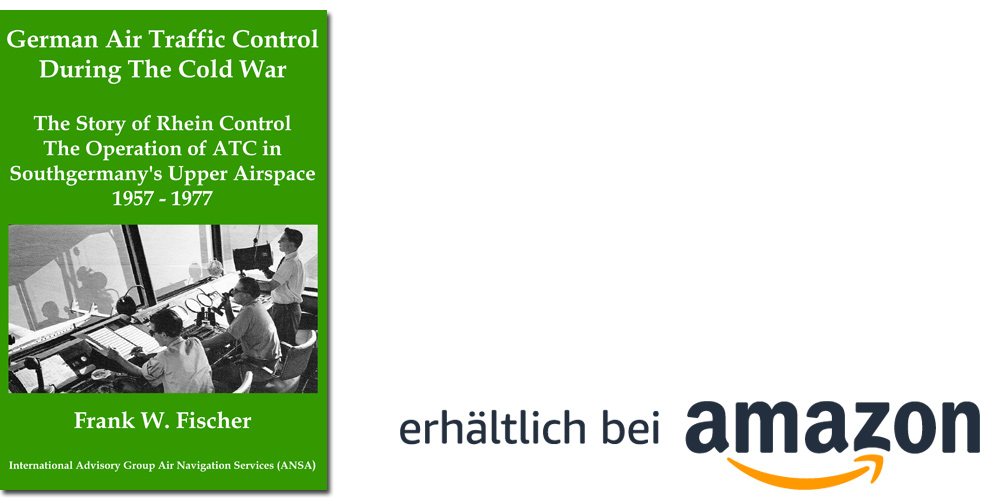
The Requirements for the Establishment of the ATC(S) Centre “Rhein Control”
In the second half of the 1950’ies german aviation was still in the process of reconstruction after the political restrictions of the war’s aftermath had mostly been lifted.
In the west of Germany during those times one flew with the revived Lufthansa in two-engine, tail-wheel DC-3’s or with the Convair CV-340 Metropolitan. For farther destinations one used Lockheed’s Constellation (L-749) and the “Super-Connie” (L-1049), one of the most elegant airplanes of all times. Other airlines, such as Pan American World Airways (PAA) flew the 4-engined Boeing Stratocruiser (B-337) and the Douglas DC-4 Skymaster, followed by the DC-6, mainly on their flights to Berlin. British European Airways (BEA) used the British made Elizabethan, Ambassador and De Havilland Heron, while Air France operated double-decker Deux Ponts (Breguet 763) and also the DC-4.
Smaller airlines began conducting vacation flights with the Vickers Viking, a two-engine tail-wheel airplane, the De Havilland Rapide and the Convair 240. Most flights had destinations on the Balearic Islands in the Mediterranean Sea.
In other countries the development in aircraft manufacture was naturally more advanced and aircraft reached higher altitudes and farther destinations. This led to the appearance of ever more civil turbine-powered airplanes in the upper airspace, which until that time had been the domain of predominantly military high performance aircraft. To the category of these aircraft belonged the British Vickers Viscount and the Bristol Britannia, the American Lockheed Elektra, the Canadian CL-44 Yukon, the Vickers Vanguard and the Russian Ilyushin – 18, all of them 4-engine turbine aircraft and some with service ceilings up to 30.000 feet.
The air forces of the western states used mainly transporters like the Lockheed C-130 Hercules, the De Havilland Canada C-133 Yukon and the Boeing KC-97 Tanker (a Stratocruiser with two additional jet engines). Military transporters like the C-160 Transall appeared only years later. The air forces of the NATO countries mainly operated pure jet-turbine powered aircraft as bombers, reconnaissance aircraft, trainers and interceptors.
Here one saw the Lockheed T-33, the CM-170 Fouga Magister, the North American F-84 Thunderflash, the F-86 Sabre, the B-66 Destroyer, the French Vautour and Mirage, the British Hawker Hunter and Canberra and in short succession thereafter the American F-100 Super-Sabre, F-101 Voodoo, F-102 Delta Dagger, the English Electric Lightning, advanced versions of the Mirage, the US-made B-47 Stratojet and the B-57H, later on followed by the Lockheed F-104A + G Starfighter, the F-105 Thunderchief and the F4 Phantom.
In civil aviation the first jet airliners also appeared in the mid 50’ies, such as the British De Havilland Comet (4), the American B-707 Stratoliner, the French Sud Aviation SE-210 Caravelle and the Russian Tupolev TU-104 with tremendous performance.
Since all these airplanes flew faster and higher, the risk of collision increased tremendously. Civilian and military conclusions resulted in the demand for controlled airspace and the provision of separation between flights under air traffic control.
Read More:
German Air Traffic Control During The Cold War
The Story of Rhein Control
Vol 3, The Operation of ATC in South Germany's Upper Airspace 1957-1977
https://www.amazon.de/dp/1536994391